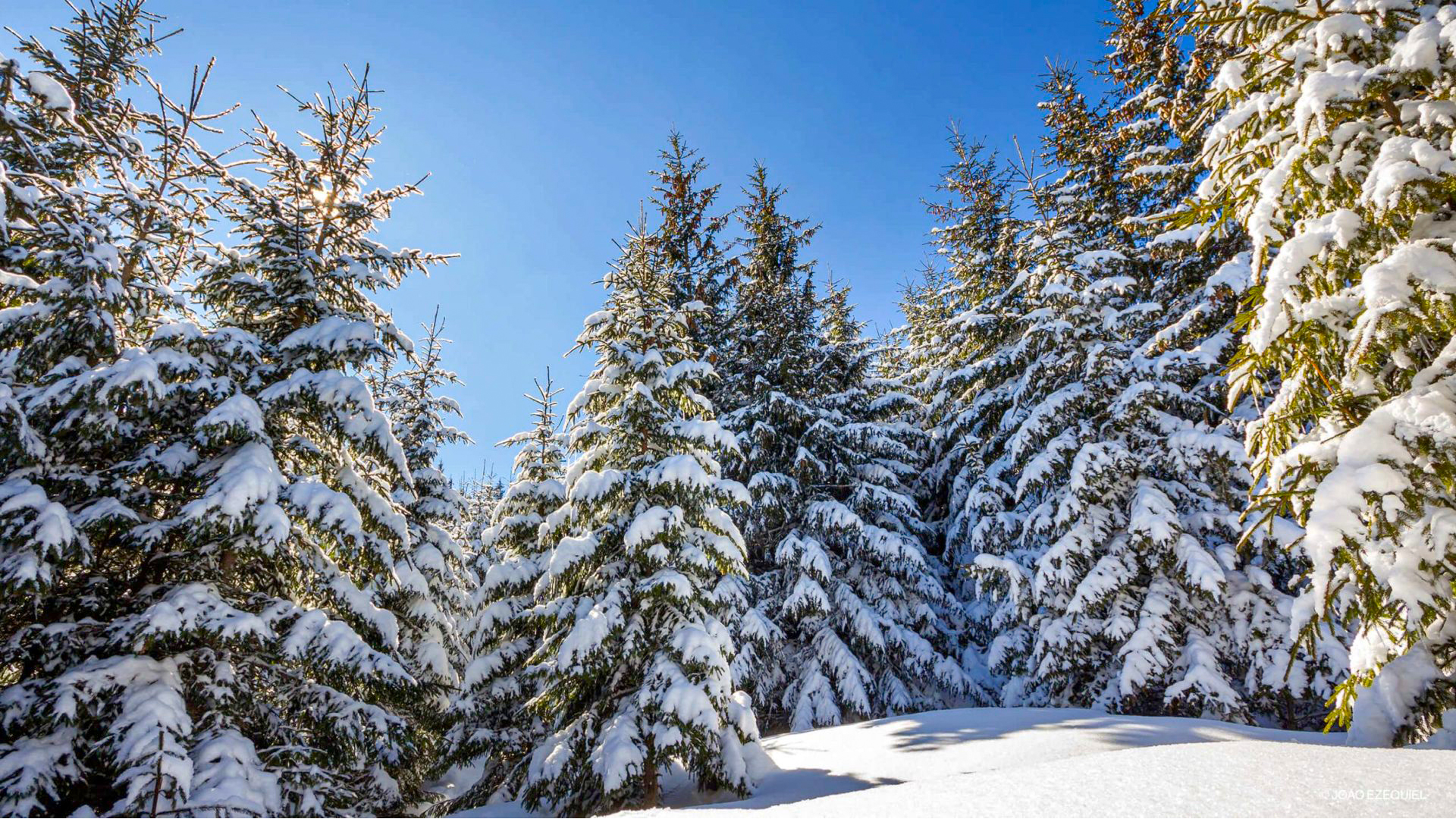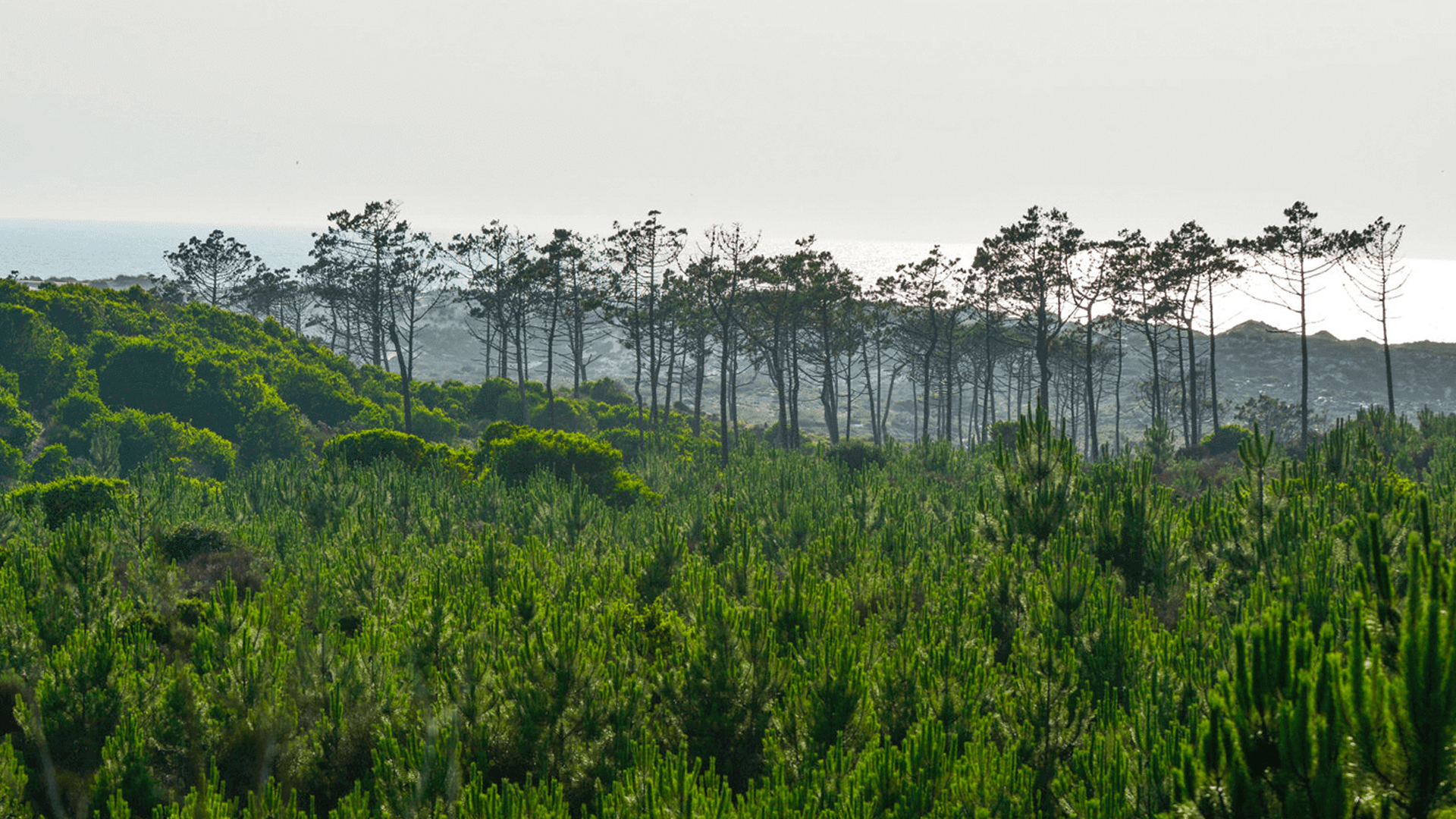Out of all Christmas traditions, decorating the Christmas tree is certainly the one we recall the most since our childhood. In addition to decorating the tree with lights, ribbons, balls and other Christmas decorations, the choice of the respective tree species leaves no room for doubt: the maritime pine is the tree of choice in Portugal. And what about other regions in the world? Let’s find out.
Every season, there is a particular time that makes us look at nature from another angle. In winter, it is undoubtedly Christmas with all the rituals, which includes choosing the best tree in the forest to follow a tradition shared annually by millions of people, all over the world.
It’s not clear when all this began, but stories abound. It is believed, for example, that ancient peoples hung branches of perennial plants on the doors and windows of their homes, like pine, a plant genus that keeps its leaves green all year round. It is also believed that this practice, implemented in many countries, was there also to ward off witches, ghosts and diseases. There are also historical records of a Christmas tree erected in the Strasbourg Cathedral in 1539. Symbolisms aside, one fact is unanimous: the origins of the Christmas tree go back to regions with abundant perennial forests, in particular in the Northern Hemisphere. As for the preferred species, it depends on the region.
According to the North American Association of Christmas Trees, there are about 16 tree species associated with Christmas worldwide, including pines, firs, cedars and cypress trees, and all have the right trunk, conical and wide crown, thin and long leaves, in addition to a dark-green tone. The Caucasian fir (Abies nordmanniana) is considered the most common in Europe. Fraser spruce (Abies fraseri) and noble spruce (Abies procera) predominate in the United States of America. Originally from the west coast of North America, the Douglas fir (Pseudotsuga menziesii) is also one of the most appealing species and arrived in Portugal in 1840, valued for its ornamental beauty and wood. It is also one of the exotic species to be found in several forest areas managed by The Navigator Company. In the Serra da Malcata Natural Reserve, for example, several specimens were planted between 1978 and 1980, while in Quinta de São Francisco, the same happened several decades ago.
The maritime pine (Pinus pinaster), the preferred tree species in Portugal, is from the same Douglas fir Pinaceae family. On the other hand, in the Azores, one of the Christmas symbols is a tree species widely planted in this archipelago – cryptomeria (Cryptomeria japonica D. Don).





